When it comes to complexity, enterprise project management often wins out—managing a large portfolio of projects across a variety of teams, departments, branches, and even nations requires a great deal of delicacy and the appropriate technology to enable it.
This post will describe enterprise project management, provide helpful details regarding pertinent software, and walk you through the process of implementing extensive EPM in your business.
What is enterprise project management?
Enterprise project management (EPM) describes the practice of managing projects on an organization-wide scale. It often involves the coordination of several complex projects at once. While the projects may not seem related, they all result in an impact on the same organization.
There are 7 elements of EPM:
- Risk analysis
- Structured estimating
- Project reviews
- Project management coaching
- Escalated issue management
- Time accounting
- Information system management
As you can see, several of these components—like time accounting and risk analysis—are comparable to those needed for project management. The main distinction is that they take place on a grander scale. To properly handle these procedures, which call for strong organization and leadership, project management software may be needed. Let's examine an enterprise project manager as one of these leaders.
What does an enterprise project manager do?
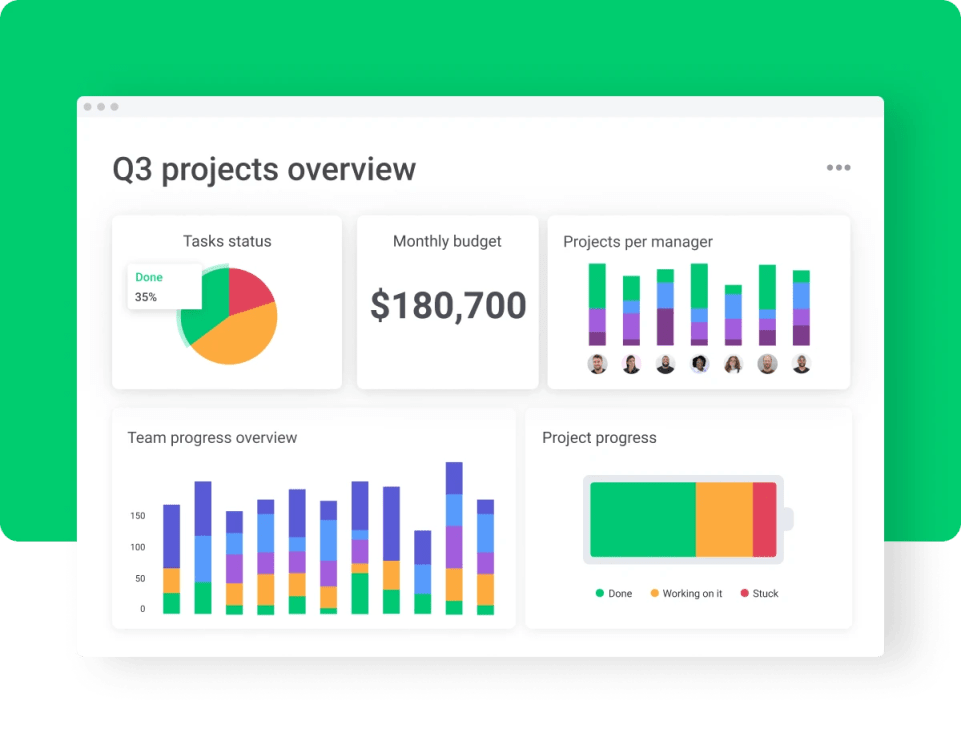
The several projects that are running concurrently across several departments are managed by an enterprise project manager. Making ensuring these initiatives are fulfilling organizational objectives and goals is their main responsibility. An enterprise project manager's core competencies include identifying and emphasizing the business objectives of the company, managing and organizing projects based on these goals, and so on. They also help to maintain project dependencies and impartially prioritize certain projects over others.
Certain initiatives may eventually run out of money or provide a poorer return on investment than anticipated.If trade-offs must be made, management must be able to decide which project to give up in order to make another successful.
Monitoring this becomes crucial when underperforming initiatives might be impeding the advancement of others.
What is enterprise project management software?
In essence, enterprise project management software is any solution that assists enterprises in managing several projects over the long and short terms. This covers everything, including tracking scope creep and taking different measurements. Enterprise project management software is often a complete project management platform that includes multi-project evaluation and reporting, portfolio management, and single project management in addition to other features.
What are the essential capabilities of good enterprise project management software?
Effective enterprise project management software platforms offer a few defining features:
Project portfolio management
Portfolio management is a feature that is important to EPMs who are managing projects across a variety of business areas. Portfolio-focused features allow PMs to analyze the potential return on projects, review costs and scope, and gain a big-picture on current or potential projects. monday.com even has a Portfolio management template to help you tackle all of those tasks.
Management of global teams
It’s not unusual in today’s climate to manage a remote and distributed project team, or indeed, multiple teams. Large enterprise companies need project management software that allows for the management of global teams, inspires team communication, and updates in real-time.
Collaboration
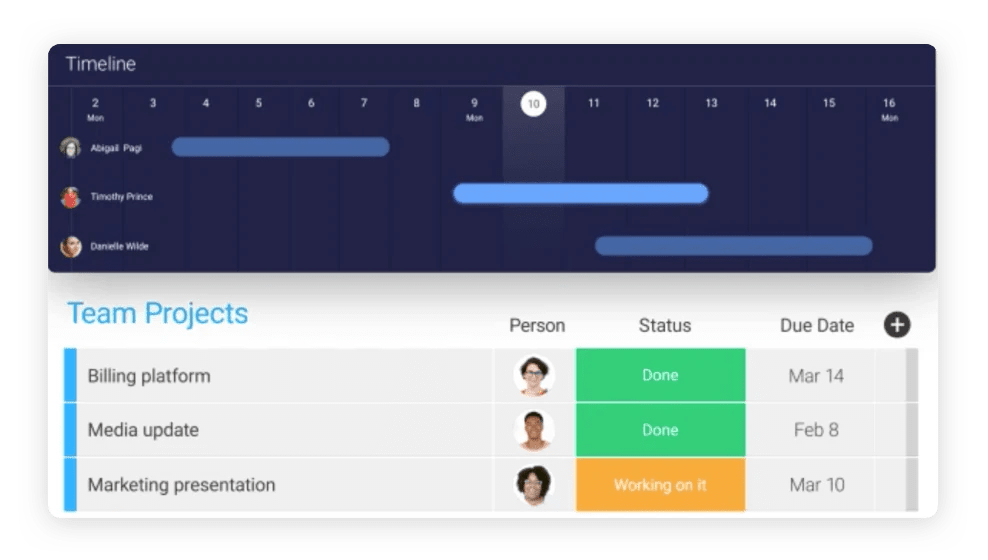
Traditional project management is, of course, often a collaborative effort, but enterprise project management takes this to the next level, requiring collaboration between multiple teams, business units, and often several project managers.
Flexibility
You should choose business project management software that can adapt to the many projects and organizational needs that come with enterprise project management. Think about Monday.com. Beyond being a project and portfolio management platform, Work OS may also be used to monitor software development, create work documentation, and establish a knowledge base. Furthermore, you should search for software that can grow with your company and integrate with a variety of technologies.
How is enterprise project management implemented?
Determine how EPM would be used
Though there are some facets to EPM that are the same across the board, every enterprise makes use of this business unit in a slightly different way,
Before jumping headfirst into EPM, you should ask yourself:
- What does the role entail? What is required of the person in charge of EPM on a daily basis (this may indeed be more than one role).
- What kind of resources are required? This includes personnel, as well as equipment, office space, and enterprise project management software and tools — from a CRM with project management to how your teams will manage payroll.
- What are your long-term business objectives? And, most importantly, how does the implementation of EPM contribute toward them?
- What are your current business and PM processes? Consider how implemented EPM may affect these processes or be affected by them. In some cases, you may need to consider making some changes to processes.

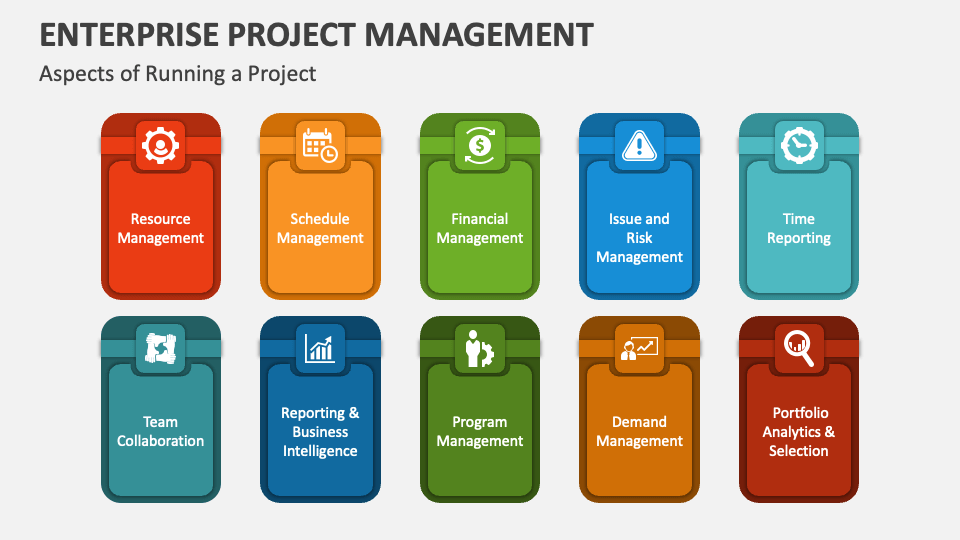
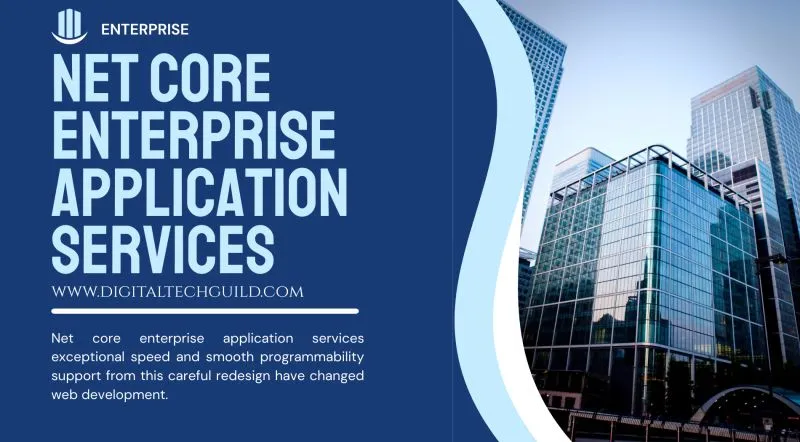






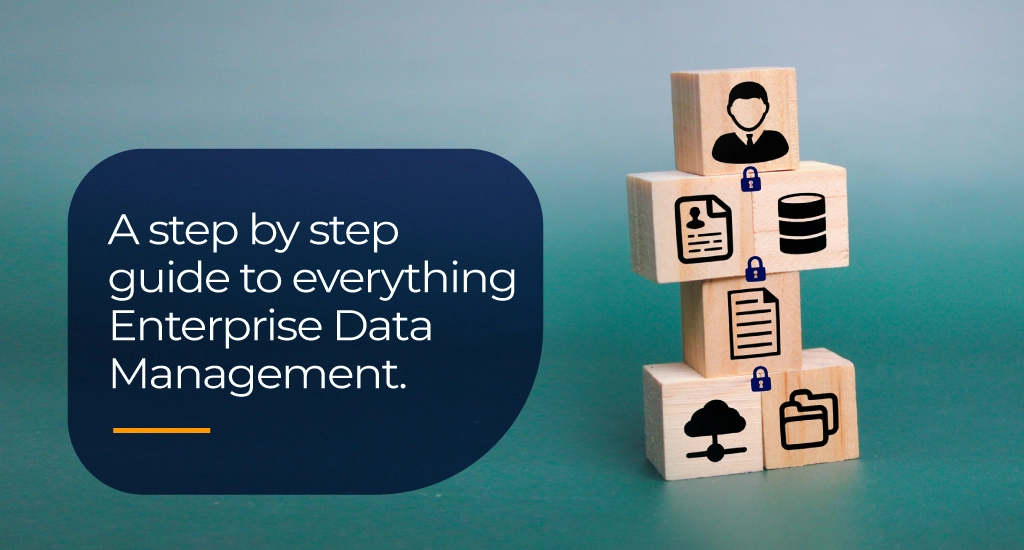

.jpg)